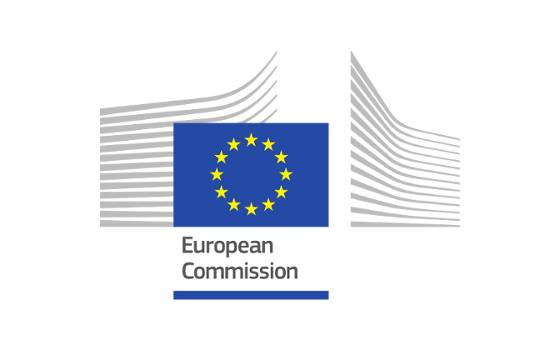 European Commission has put forward a proposal to boost cooperation amongst EU Member States for assessing health technology. Greater transparency will empower patients, by ensuring their access to information on the added clinical value of new technology that could potentially benefit them. More assessments could lead to effective, innovative health tools reaching patients faster. For national authorities it means being able to formulate policies for their health systems based on more robust evidence. Furthermore, manufacturers will no longer have to adapt to different national procedures.
European Commission has put forward a proposal to boost cooperation amongst EU Member States for assessing health technology. Greater transparency will empower patients, by ensuring their access to information on the added clinical value of new technology that could potentially benefit them. More assessments could lead to effective, innovative health tools reaching patients faster. For national authorities it means being able to formulate policies for their health systems based on more robust evidence. Furthermore, manufacturers will no longer have to adapt to different national procedures.
Vice-President Katainen said: "Reinforcing Health Technology Assessment co-operation at EU level boosts innovation and improves competitiveness of the medical industry. The healthcare sector is a crucial part of our economy, it accounts for approximately 10% of the EU's GDP. We are proposing a regulatory framework that will bring benefits to patients all over Europe, whilst encouraging innovation, helping the take-up of high-quality medtech innovations and improving the sustainability of health systems across the EU."
Commissioner for Health and Food Safety, Vytenis Andriukaitis, added: "Today, the Commission has put the wheels in motion for better quality, innovative healthcare for the benefit of patients, especially those with unmet medical needs. I also expect this initiative to result in a more efficient use of resources by Member States through the pooling of resources and exchanges of expertise, thereby avoiding duplications in the assessment of the identical products."
The proposed Regulation on Health Technology Assessment (HTA) covers new medicines and certain new medical devices, providing the basis for permanent and sustainable cooperation at the EU level for joint clinical assessments in these areas. Member States will be able to use common HTA tools, methodologies and procedures across the EU, working together in four main areas: 1) on joint clinical assessments focusing on the most innovative health technologies with the most potential impact for patients; 2) on joint scientific consultations whereby developers can seek advice from HTA authorities; 3) on identification of emerging health technologies to identify promising technologies early; and 4) on continuing voluntary cooperation in other areas.
Individual EU countries will continue to be responsible for assessing non-clinical (e.g. economic, social, ethical) aspects of health technology, and making decisions on pricing and reimbursement.
Next steps
The proposal will now be discussed by the European Parliament and the Council of Ministers. It is expected that once it is adopted and enters into force, it will become applicable three years later. Following the date of application, a further three-year period is envisaged to allow for a phase-in approach for Member States to adapt to the new system.The proposal comes after more than 20 years of voluntary cooperation in this area. Following the adoption of the Cross-border Healthcare Directive (2011/24/EU), a voluntary EU-wide network on HTA composed of national HTA bodies or agencies was established in 2013 to provide strategic and political guidance to the scientific and technical cooperation at EU level. This work, complemented by three consecutive Joint Actions[1] on HTA, has enabled the Commission and Member States to build a solid knowledge base on methodologies and information exchange with regards to the assessment of health technology.
Cooperating on HTA on a sustainable basis at EU level should ensure that all EU countries can benefit from the efficiency gains, maximising EU-added value. Strengthened EU-cooperation in this area is widely supported by stakeholders interested in patients' timely access to innovation. Stakeholders and citizens who responded to the Commission's public consultation showed overwhelming support, with almost all (98%) acknowledging the usefulness of HTA and 87% agreeing that EU cooperation on HTA should continue beyond 2020.
1. EUnetHTA Joint Action 1, 2010-2012,) EUnetHTA Joint Action 2, 2012-2015 and EUnetHTA Joint Action 3, 2016-2019: http://www.eunethta.eu